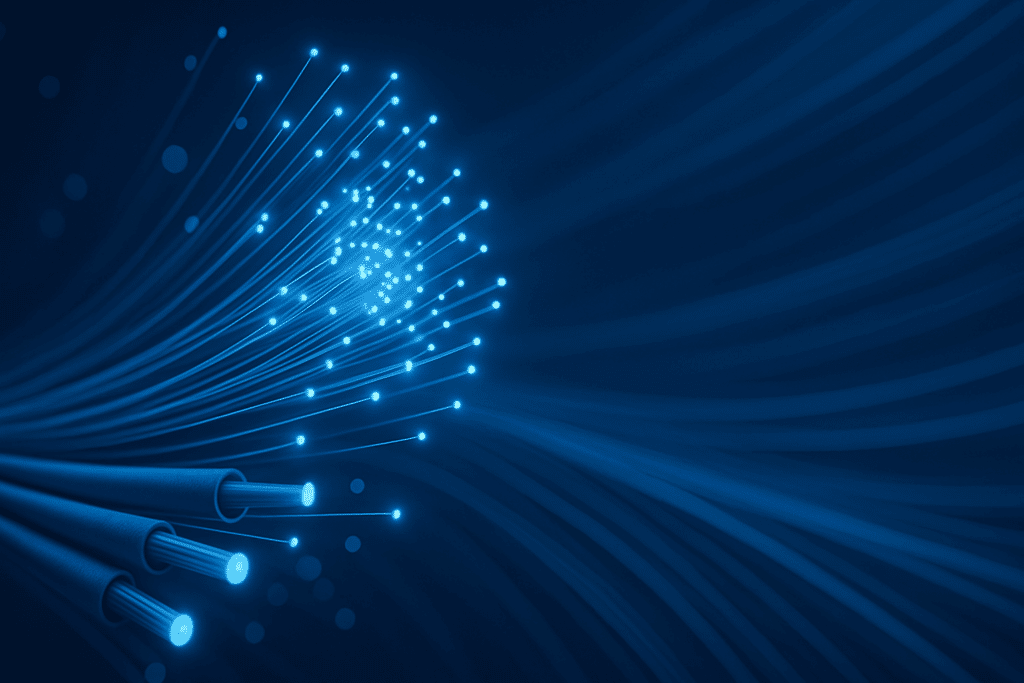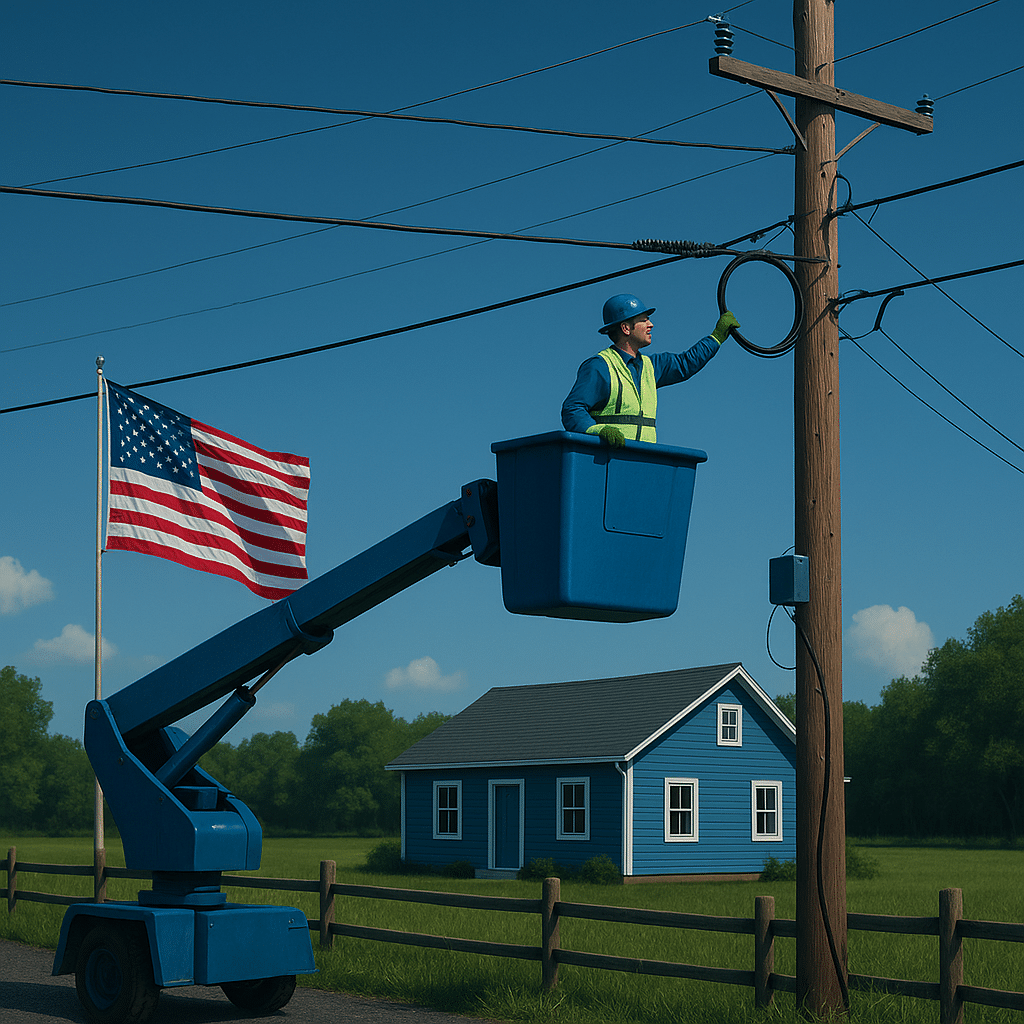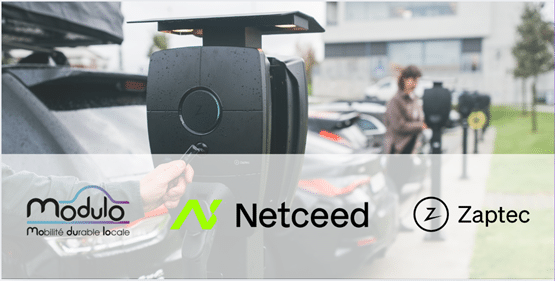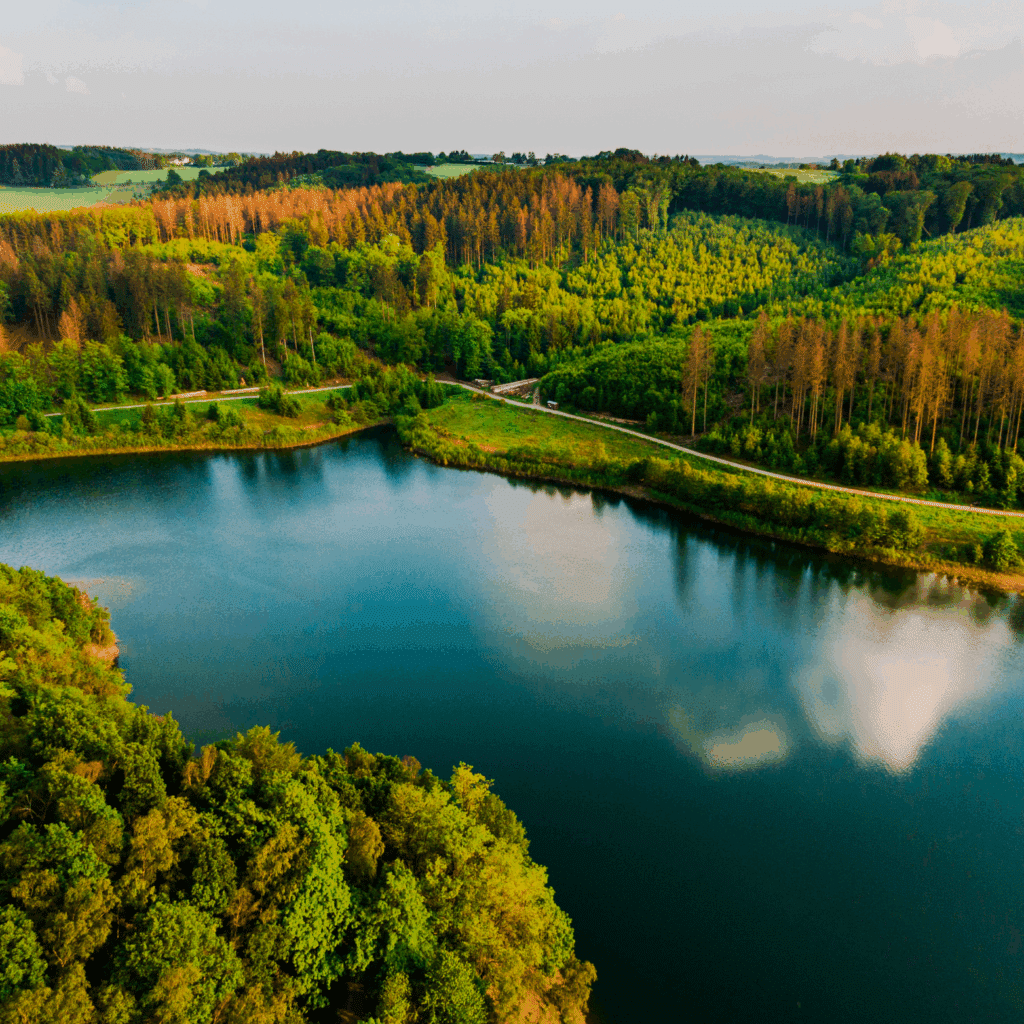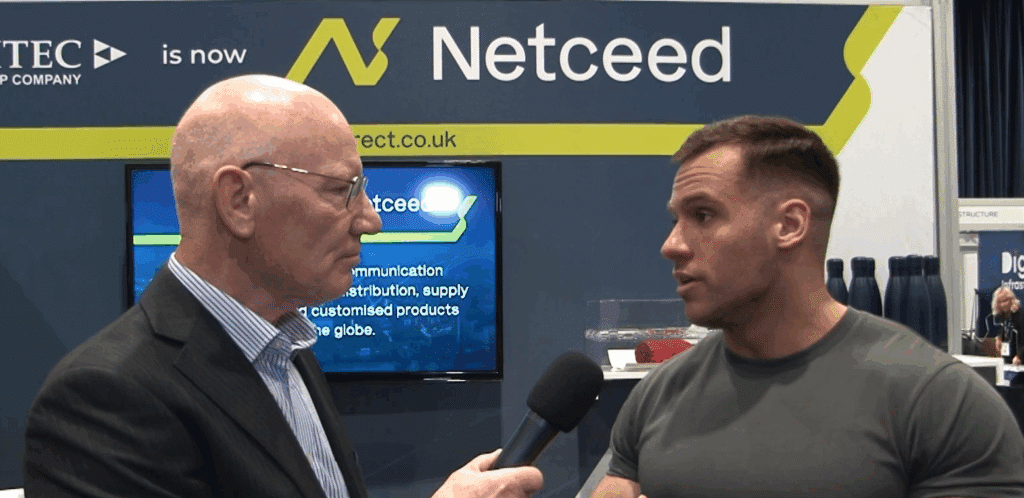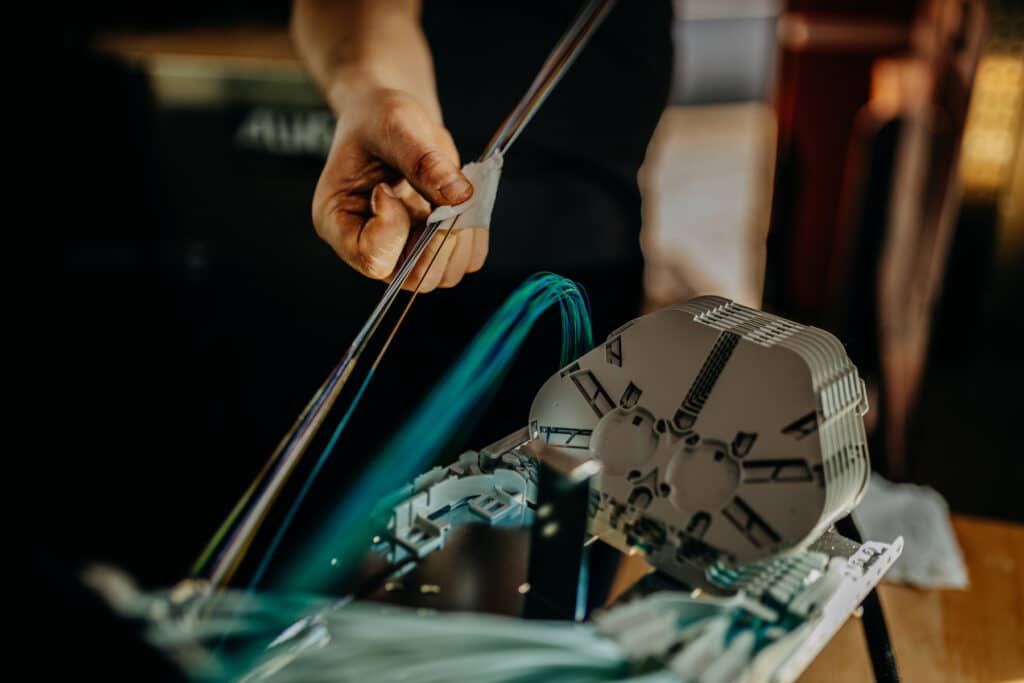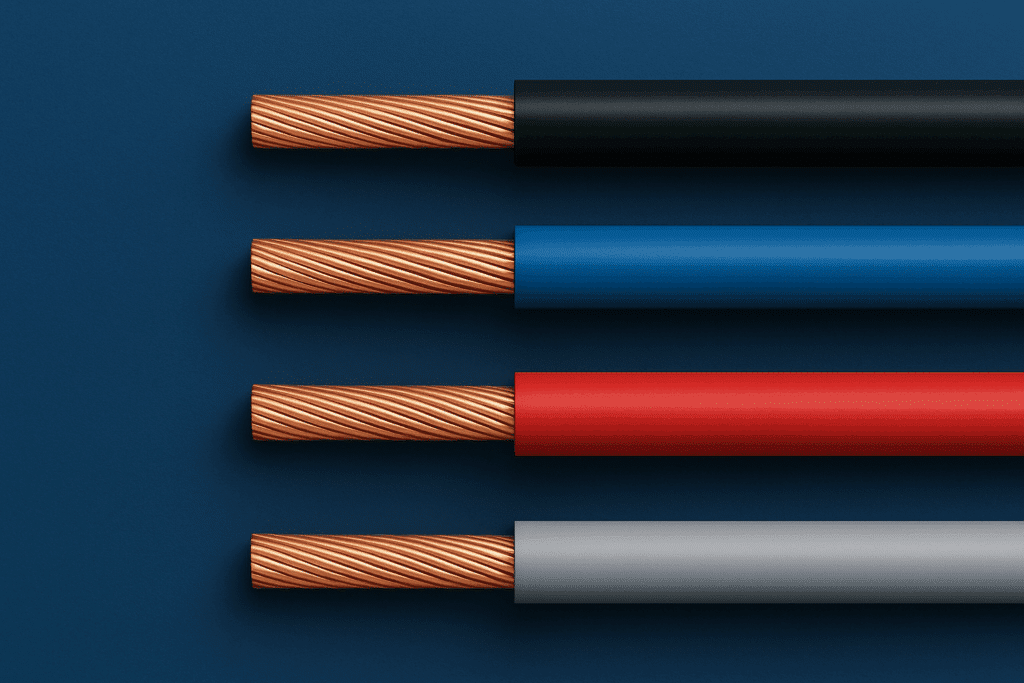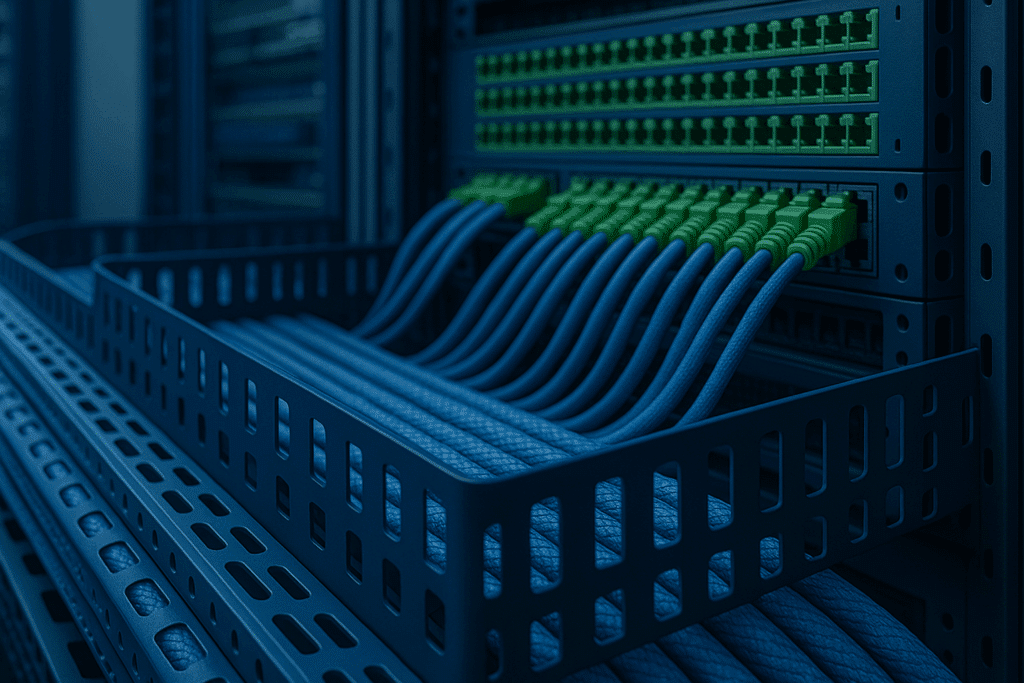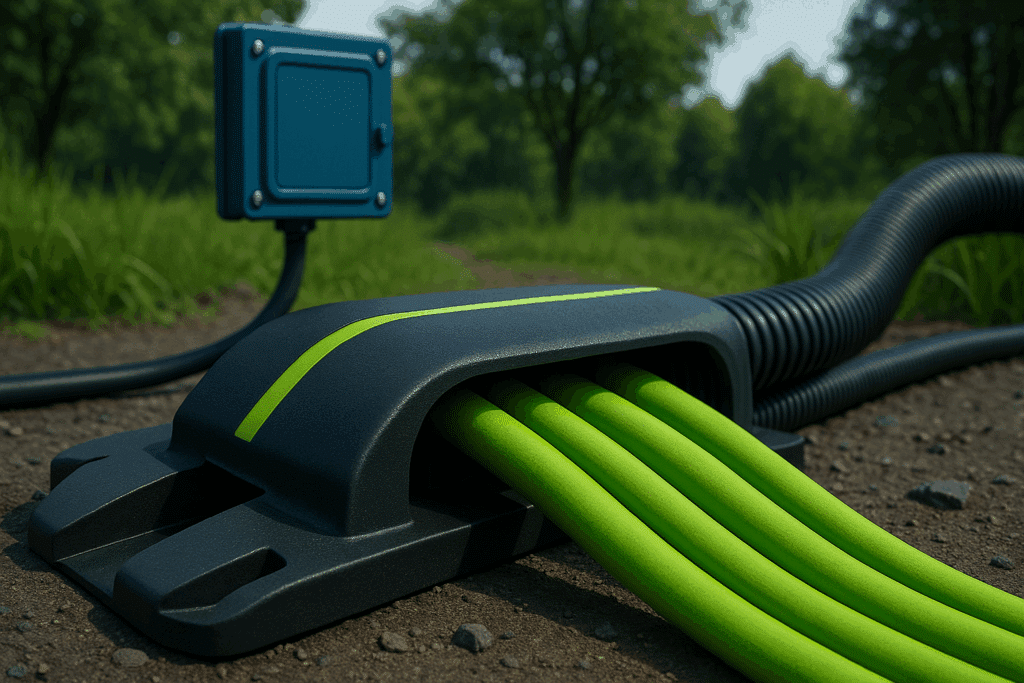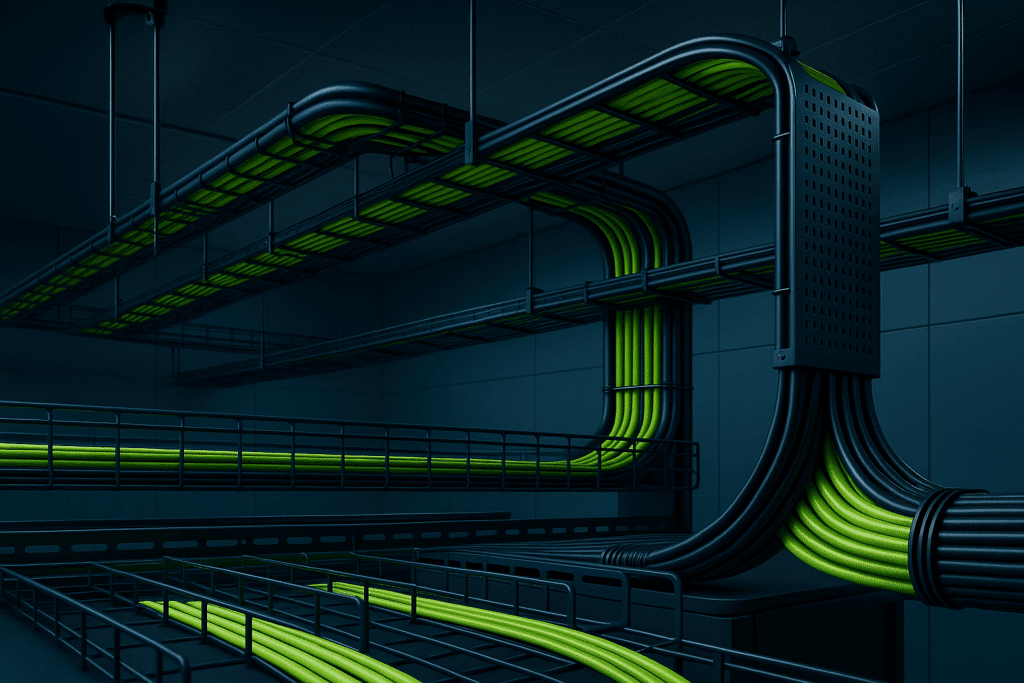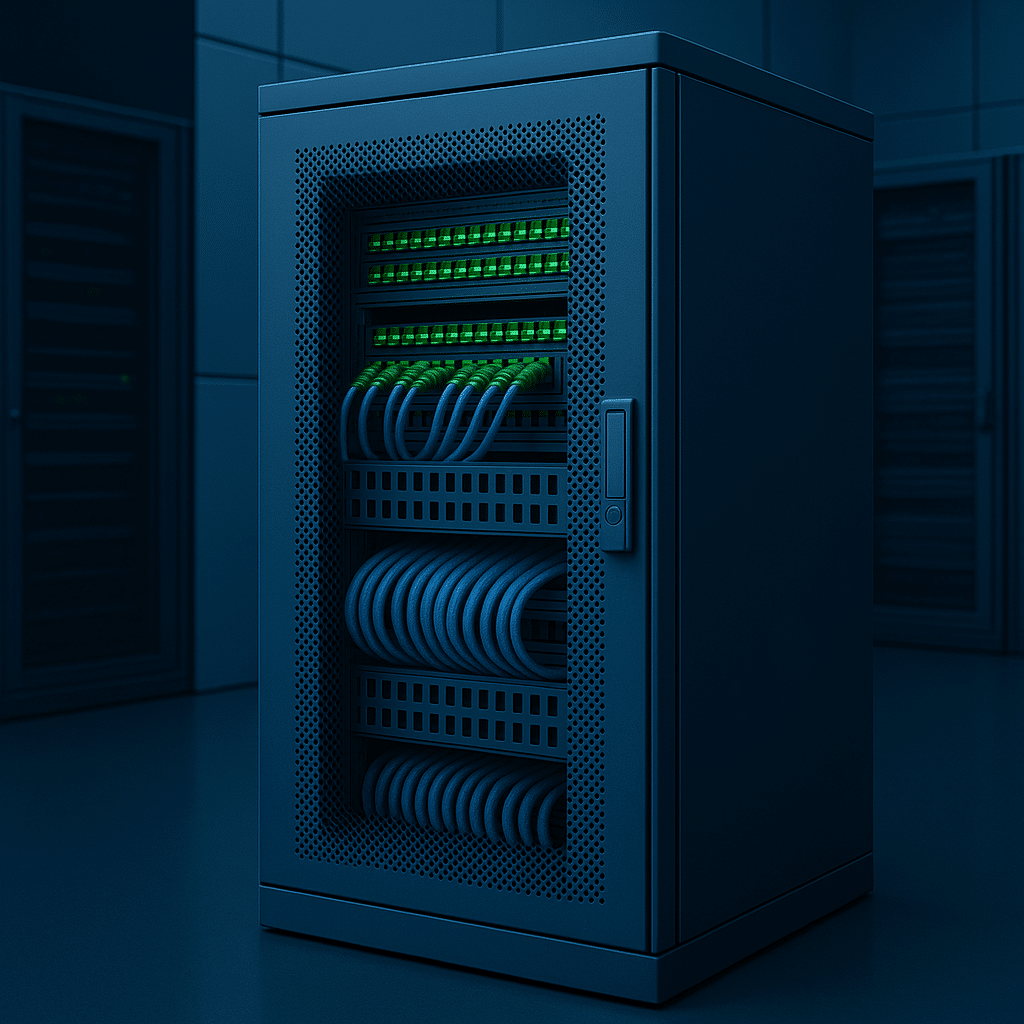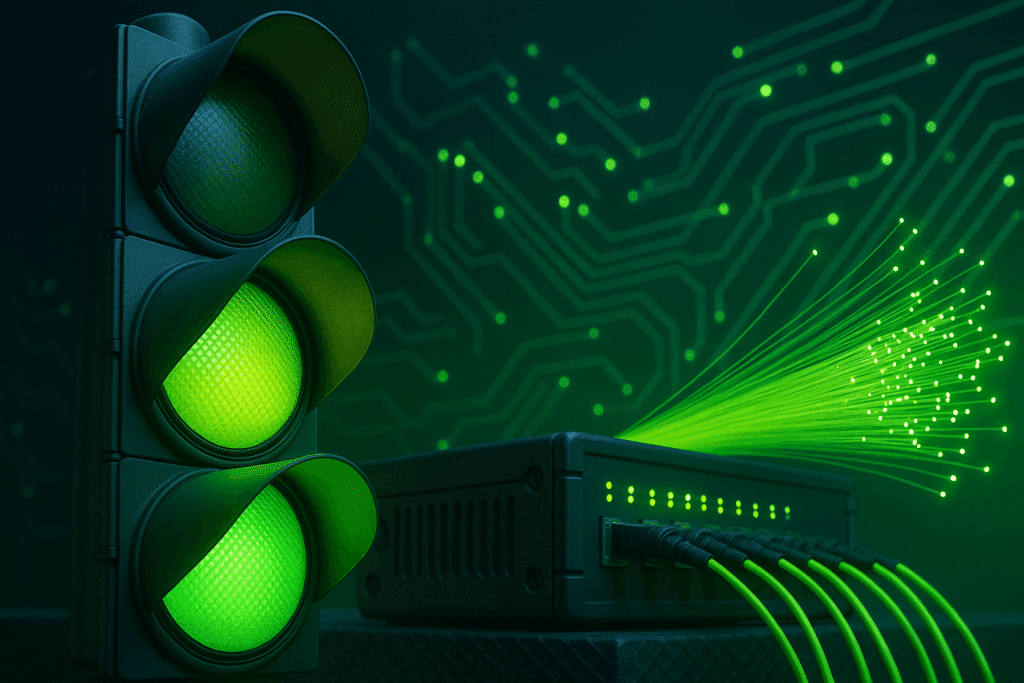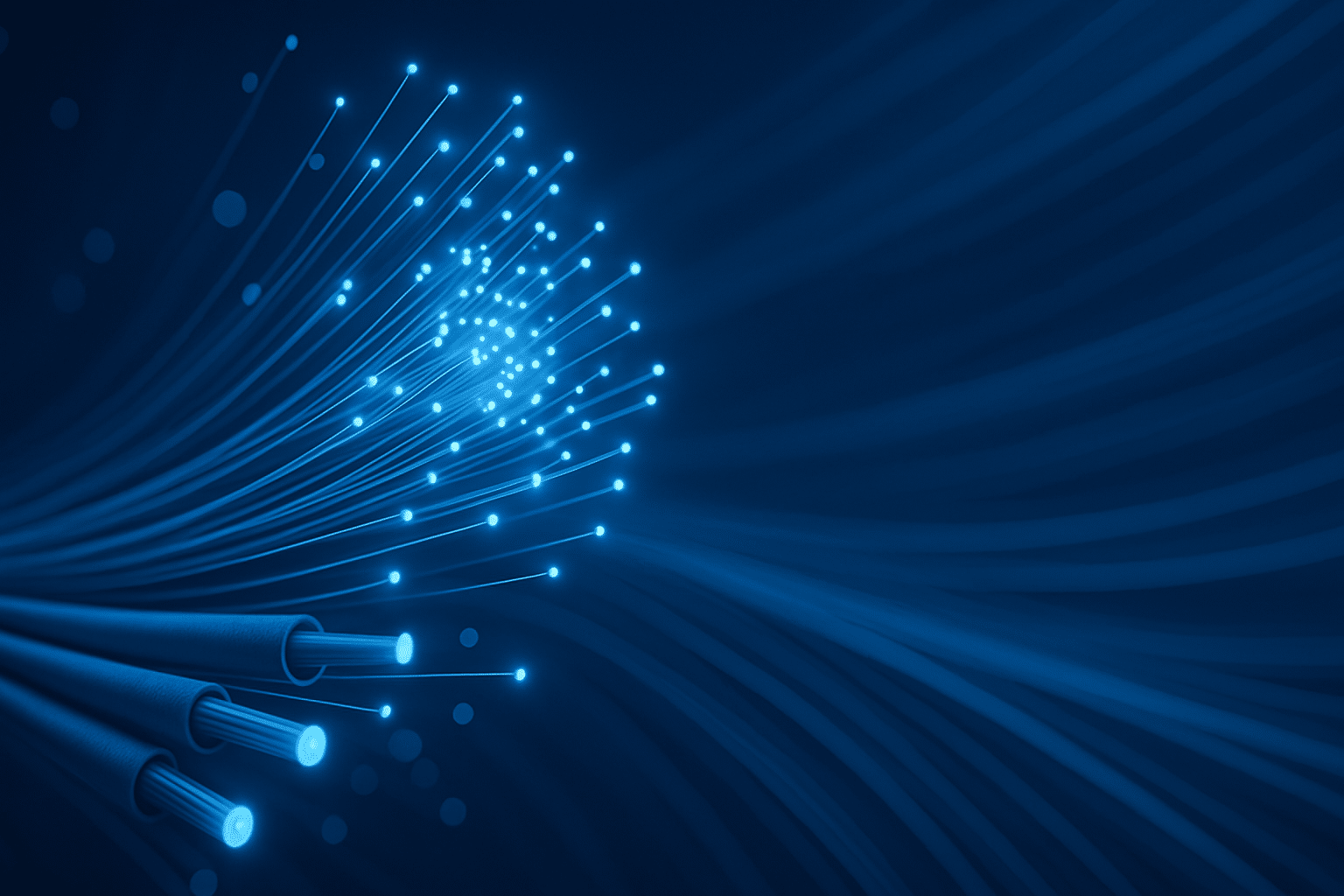
Evolution of Fibre Optic Technology: Trends and Predictions
Many changes have arisen in the structure of the UK’s telecommunication in the last two decades, in which fibre optics technology has played a key role. This technology is critical in today’s digital infrastructure, from high-speed Internet to data centres, cloud-based services, since it’s a medium that does allow ultra-high-speed data transmission.
In this article shows the past, the present, and the future of fibre optics in the UK by highlighting the main trends, market insights, and advising businesses and end-consumers.
About Fibre Optic Technology
It was in the early 1970s that the concept of fibre optics technology came into place, where the then researchers began to probe into studies undertaken for sending light through glass fibres. Unlike the traditional copper wiring, fibre optics transmit information as pulses of light via thin strands of glass or plastic. Innovation continued and the data would now be able to run faster and further without a serious decline in its signal. Quickly, the UK became one of the early adopters, integrating fibre optic cables in the country’s infrastructure to support the burgeoning demands for data-driven services.
The last few years have seen very rapid development in the improvement of materials, design, and deployment methodologies relating to fibre optic technology. Today, the role of fibre optics becomes significant not only in high-speed internet applications but also in 5G networks, smart cities, and the extended use of IoT.
UK Fibre Optic Cable Market – Size and Demand
The UK fibre optic cable market has shown a growing trend in the last few years. It is expected to further show growth with continuous digital transformation across industries and ever-growing demand for high-speed broadband.
In 2023, the UK government provided a huge fund toward the mass push in FTTP connections, with an aim at full coverage of the nation with full fibre by 2025. This has, in turn, grown the size of the fibre optic cable market of the UK due to ever-growing demand for faster and reliable solutions of data transmission.
Statistics prove that approximately in the UK will be able to access fibre optics by 2025. It generally inspires huge investments and innovations within the industry. This, on its part, has caused an even further increase in competition among providers, each trying to outdo the other to give consumers and businesses better, faster, and more competitive fibre optic solutions.
Types of Fibre Optic Cables
Understanding the types of fibre optic cable is critical, bearing in mind that different companies and their clients compare the best option on the most dynamic field of telecommunications. Generally, fibre optic cables could be categorised based on their construction, performance, and application:
Singlemode Fibre: The singlemode fibre, due to its small core size, permits the data to travel with minimum dispersion; it is best applicable to a long implementation. It is majorly applied in telecommunication as well as long-haul traffic.
Multimode Fibre: With it’s larger diameter core, multimode fibre can support several light signals. It id good for short-distance transmissions, including those used in transmission over short-range distances, including data centre transmission and local network setup applications.
Plastic Optical Fibre: This is cheaper and typically used for short-distance transmissions, mainly in customer applications due to it’s easy installation, though it doesn’t have the performance needed for higher-demand applications.
Armoured Fibre: Manufactured for those places which fall in extreme conditions and thus have full protection; which is why it can be deployed underground or in other industries because of their strength.
Each type of cable has different uses, and this can aid businesses and consumers in choosing appropriate investment in fibre optics technology.
Applications of Fibre Optic Cable
In the application, fibre optic cables apply to different fields. Some of the major uses include:
Internet and Broadband: Fibre optic has replaced high-speed internet with new meaning and has enabled broadband connections, HD streaming and online gaming.
Telecommunications: Fibre optic forms the basis of modern telecommunications infrastructure, which includes high-speed and high-bandwidth communications driven by voice and video over calls.
Data Centres: In fibre optic cables, enormous transmission and data storage are involved, therefore becoming very important in data centres where low latency is required.
Medical and Industrial Applications: Many fibre optic applications range from medical imaging to endoscopy and industrial machinery, where the need for very accurate data transfer exists.
Military and Aerospace: Fibre optic is ideal for secure and reliable data transfer in sensitive military and aerospace applications because it is immune to electromagnetic interference.
Emerging Trends and Forecast of Fibre Optic Technology
Technology in fibre optic communications is constantly changing due to increasing demands for data and connectivity; below are some of the trends and predictions:
5G and Fibre: The process of 5G establishment in the UK should be accompanied by fibre optic technology and support the size of the data broadcast. It is supposed to give the “backbone” necessary for 5G to act effectively, safely, and faster in both cities and countryside.
Quantum Encryption and Security: Fibre optics is increasingly integrated with quantum encryption for data security, mainly due to the rise in cybersecurity threats. This new technology comprises methods based on quantum mechanics, ensuring tamper-proof and secure data transmission.
Artificial Intelligence in Network Management: AI analytics and automation are being integrated into fibre networks to enable improvement in network performance, optimisation of bandwidth, and enhancement of fault detection.
Green Fibre Optics: With increased awareness of the environment, greener fibre optics alternatives begin to emerge. The trend has moved toward using eco-friendly materials and energy-efficient designs for decreased environmental impacts by fibre networks.
The expansion of both FTTP and FTTH projects in the UK is massively increasing since gigantic investments put their target of ultra-fast internet availability to all of its citizens by 2030.
These are indicative of the future ahead when the fibre optics technology would be further embedded in routine life, seamless internet browsing, secured communication, and advanced smart city structures.
Buying Guide of Fibre Optic Cable
Several factors come into play when buying fibre optic cables, which can help in making the best investment:
Cable Type: Singlemode fibre or multimode, depending on distance and the velocity of data transmission required by the application.
Bandwidth Requirement: It majors its argument on the bandwidth a cable can carry to meet the network requirements for enterprises and data centres.
Durability and Environment: Armoured fibre cables are recommended due to a requirement for durability and resistance against physical damage in outdoor or industrial usage.
Future-Proofing: Since technology is upgrading rapidly, choosing good-quality cables that are scalable will help future-proof the investment.
Installation and Maintenance Costs: While some cables, like POF, are easy to install, others require professional handling and command higher maintenance costs. This will also allow any company or person, as a consumer, to understand the right type of cable which would fit their purpose and financial estimate.
Conclusion
Like the rest of the world, fibre optics technology became irreplaceable in the digital infrastructure of the UK. New frontiers of opportunities and applications keep showing up in the wake of continuous evolution of fibre optics technologies as the UK marches on to full fibre availability. Knowing the different kinds of cables from fibre optics, their application, and new emerging trends can well prepare businesses and users for a future in which connectivity will be faster, safer, and surer than ever before. In this digital age, this technology is no longer an option as it would place the UK, with it’s enviable position in state-of-the-art telecommunication, at a disadvantage.

